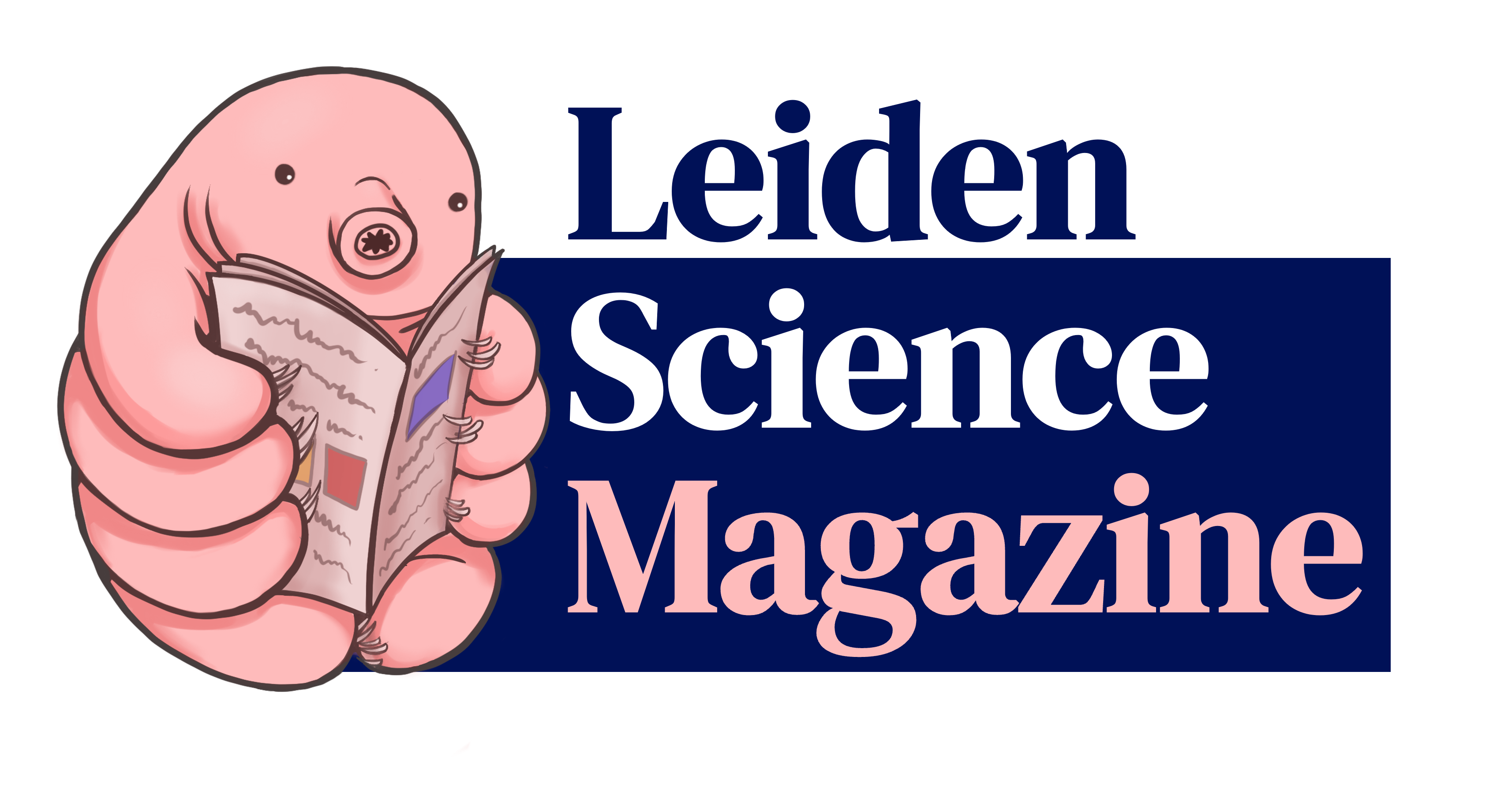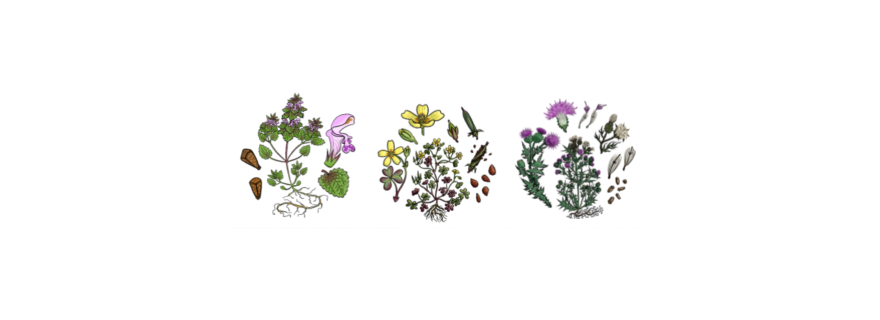"Weeds" have stories to tell
Do you know how many plants are growing on the pavement outside your door? Chances are, more than you think! In this interview, we talk to Nienke Beets of citizen science project "Stoepplantjes".
More than 60 percent of all plant species in the Netherlands grow in urban areas. Contrary to their common image as weeds, these plants fulfill important roles in the urban ecosystem and in times of increasing concerns about biodiversity decline, learning about these city dwellers is more important than ever.
Ph.D. candidate and Freelance Illustrator Nienke Beets is trying to understand this often-overlooked urban greenery through her new citizen science project “Stoepplantjes” (The Dutch word for pavement plants). She talks about why we should give pavement plants more attention and how her work in Illustration supports her research.
During the Dutch national event Weekend of Science on the 2nd and 3rd of October 2021, “Stoepplantjesonderzoek.nl” went online. Through the website, people can submit pavement plants that they find in the city. On the day of our interview, the 19th of October 2021, 1,000 entries had already been uploaded.
Based on the data, Beets hopes to understand how we as humans have shaped the diversity and distributions of plants growing in the city. At the same time, she hopes to bring attention to these often-overlooked plants to give them the appreciation that they deserve.
She explains that these inconspicuous plants have many stories to tell. The greater plantain, for instance, a plant that is everywhere, hitchhiked from Europe to America with early colonists. Hence, the indigenous people started calling it the “white men’s footsteps”.
Meanwhile, the well-known daisies have been heavily affected by human enterprise. Daisies growing in cities are flowering all year round now because of the high temperatures in urban areas.
Ivy-leaved toadflax is her favorite plant. This species grows on walls, so the flowers bend towards wall cracks to deposit seeds on fertile ground. Additionally, to help the seeds travel further, “ant bread” is attached to the seeds to motivate ants to carry them back into their nest which can be far away. Aside from these fascinating properties, the beauty of these flowers speaks to Beets’ artistic side.
Next to her studies, she also cultivated a career in Illustration. It all began when her color plates were put on sale at a visitor center in the dunes that she was working at. Later, during her Master’s in Science Communication, her illustration skills came in handy while developing a card game on pesticides for her final project and during her internship at the Hortus Botanicus.
People became increasingly interested in her work, which pushed her to officially register as a Freelancer. For her illustrations at the Hortus Botanicus, she received the Joke t’Hart prize in 2019, which honors artwork that connects nature with art and brings attention to plants in a playful and educational manner.
For students wanting to follow her path, Beets had quite a bit of advice. For one, she brings to attention the “boring” components of freelancing. Doing taxes, understanding copyright and establishing proper prices. She especially emphasized the last point: “...take yourself seriously, also in pricing. Because when we start out, we often work for free, which is really bad for the creative economy.”
Currently, she is balancing both careers at the same time, which isn’t always easy. On one hand, she loves creating illustrations for her project. On the other, she realizes that it is mostly an extra-curricular activity, so she has to be careful not to spend too much time on it and as she puts it, “...shoot myself in the foot.”
Beets emphasizes that “...some of the best research comes from really creative scientists.” She explains that while research might seem like a strictly regulated and controlled process, in reality, the results can be unpredictable at times. When unexpected issues arise, creativity can be the key to dealing with them in a productive way.
For the future, she is hoping to contribute to making academia a more cooperative and less competitive environment, as she continues to learn more about research, illustration and the “Stoeppplantjes”.
Would you also like to participate in Nienke Beets' citizen science project? All you have to do is get outdoors, look around and record the urban plants you see on stoepplantjesonderzoek.nl



0 Comments
Add a comment